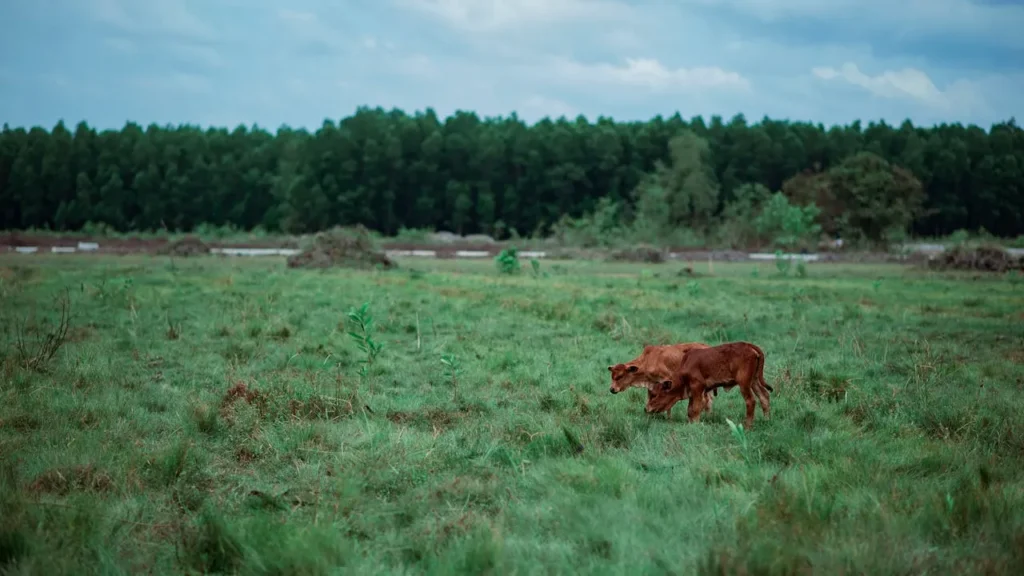Biodiversity is the foundation of a healthy ecosystem, and its significance extends profoundly into the realm of agriculture. Regenerative farming, which focuses on restoring and enhancing the health of farm ecosystems, relies heavily on biodiversity to create more resilient and productive agricultural systems. This article explores how biodiversity underpins successful regenerative farming practices.
The Role of Habitat Restoration in Regenerative Farming
Habitat restoration is crucial in regenerative farming as it rebuilds natural environments that support diverse life forms. By reintroducing native plants and creating buffer zones, farms can attract beneficial insects, birds, and other wildlife that contribute to the ecological balance needed for productive land. These areas serve as refuges for biodiversity, enabling natural pest control and pollination processes that reduce the need for chemical inputs.
Pollinator Conservation Techniques
Pollinators, including bees, butterflies, and birds, are vital to the success of agricultural ecosystems, facilitating the reproduction of many crop species. Regenerative farming practices that focus on pollinator conservation, such as planting native flowering species and reducing pesticide use, not only support pollinator populations but also enhance crop yield and quality. Preserving these species is essential for maintaining biodiversity and ensuring food security.
Biodiversity’s Impact on Agriculture Ecosystem Services
Biodiversity provides critical ecosystem services that make agricultural landscapes more productive and sustainable. These services include soil formation, nutrient cycling, pest and disease control, and water regulation. By maintaining a rich variety of species, regenerative farms can naturally sustain these processes, leading to healthier crops and reduced dependency on synthetic fertilizers and pesticides.
Enhancing Genetic Diversity in Farming
Genetic diversity among crop species and varieties is a cornerstone of resilient agricultural systems. It equips plants to withstand diseases, pests, and extreme weather conditions, reducing crop failure rates and improving adaptability to changing climate conditions. Regenerative farming promotes genetic diversity through practices like seed saving and cultivating a variety of plant species, thus preserving the genetic pool necessary for agriculture’s long-term sustainability.
Challenges and Benefits of Biodiversity in Agriculture
While integrating biodiversity into farming practices offers numerous benefits, it also presents challenges such as initial setup costs, the complexity of managing diverse species, and the need for specialized knowledge. However, the long-term advantages—improved soil health, reduced input costs, and enhanced farm resilience—far outweigh these initial hurdles.
Final Thoughts
Biodiversity is not just beneficial but essential for the sustainability of agriculture. By adopting regenerative farming practices that enhance biodiversity, farmers can create robust ecosystems that are productive, resilient, and capable of supporting future generations.
Ready to take the next step in supporting sustainable agriculture? Enviro.Farm is leading the AgriFood revolution with a zero-emission, circular farming system that promises to boost profits while protecting the environment. Our innovative approach is projected to deliver 30%+ annual returns and transform the future of food production. Click here to explore how you can be part of this high-growth opportunity and help reshape the global food industry with Enviro.Farm. Join us today!

